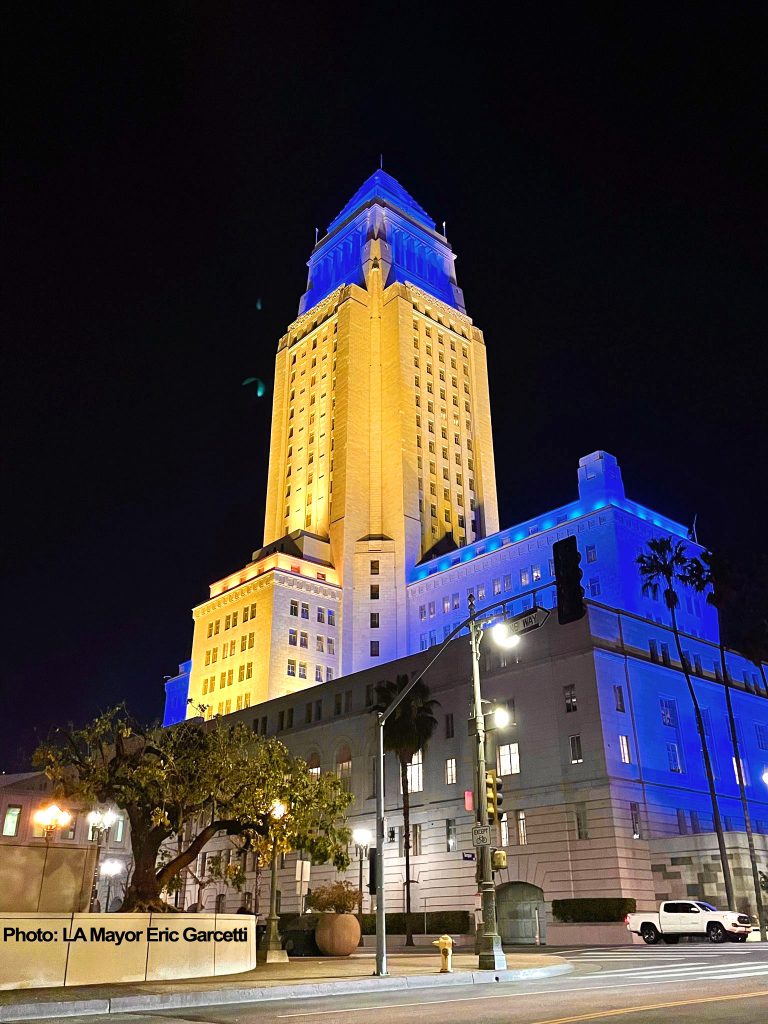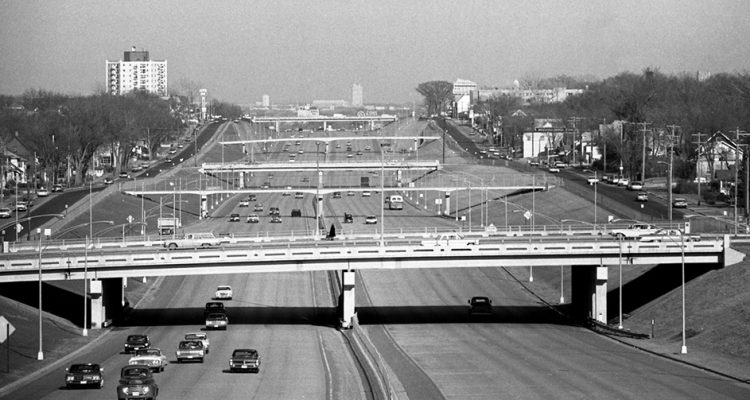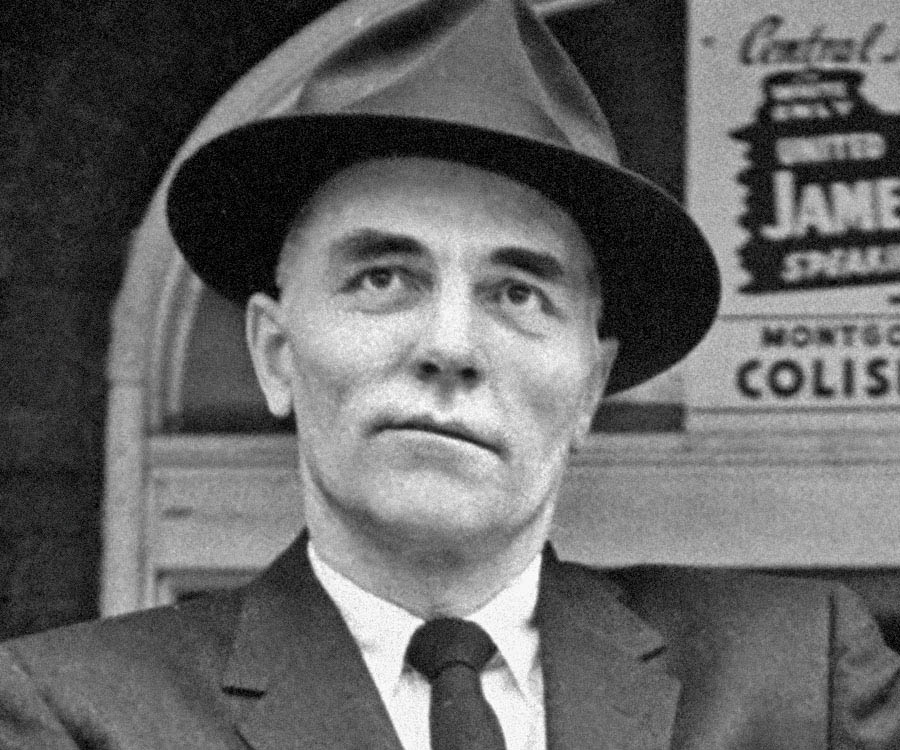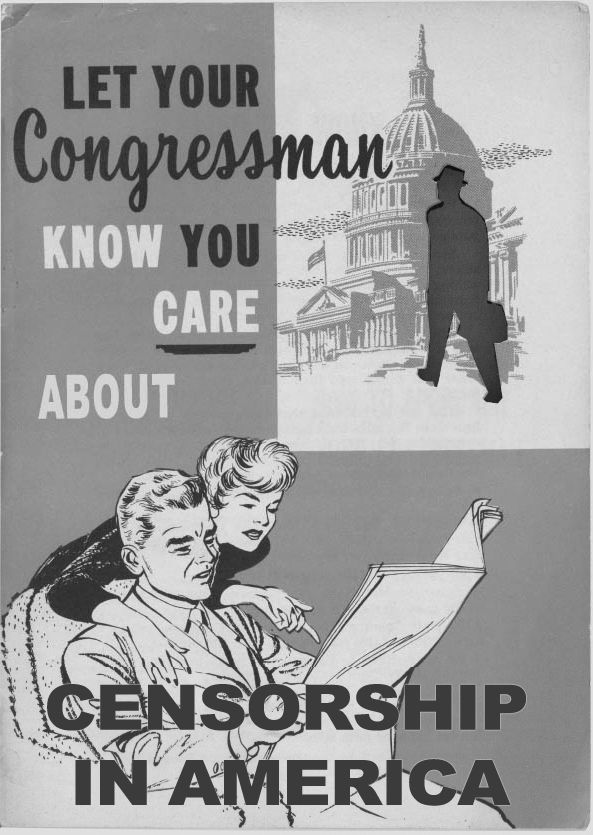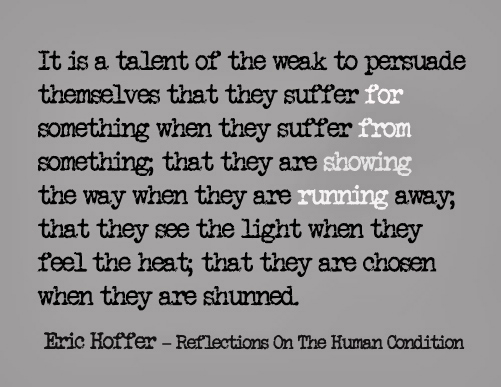With the Swiss having dropped their treasured neutrality to join sanctions against Moscow, events in Europe are feeling more like lyrics to a CLASH song every day.
The last time average people coming together made my chest swell this much was when we Angelenos gathered to watch a Space Shuttle fight LA traffic following the Endeavour‘s 2012 goodbye aerial tour of the Southland. (Out on the sidewalk, the unity was breathtaking, trust me.)
And now I’m feeling inspired, uneasy, and thrilled to see organizations, executives, soldiers, civilians, and nations showing character in the world despite countless excuses to turn away. The global outpouring of support for Ukraine is a true marvel. The roar of crowds in world-wide protest of anti-democratic aggression is filling my heart the way Clash frontman Joe Strummer’s conflict-romanticizing lyrics have for decades.
Turkey is closing off strategic access points to the Black Sea. Ballets and concert halls are shunning pro-Putin conductors and dancers. The EU and Canada have closed their airspace to Russian aircraft. Brexit Europe is collectively buying Russian-made jets to give to Ukraine’s air force pilots. Berlin is sending weapons to Ukraine knowing they well may be used by accountants, taxi drivers, dentists, teachers, and teenagers (talk about playing with fireworks!). Anonymous is threatening to expose Putin’s secrets and target Russian infrastructure. Oligarch jets and super yachts are being tracked and seized. Energy conglomerates are divesting, and in Moscow a hacked car-charging station blinks, “Out of Service. Glory to Ukraine. Glory to Heroes.”
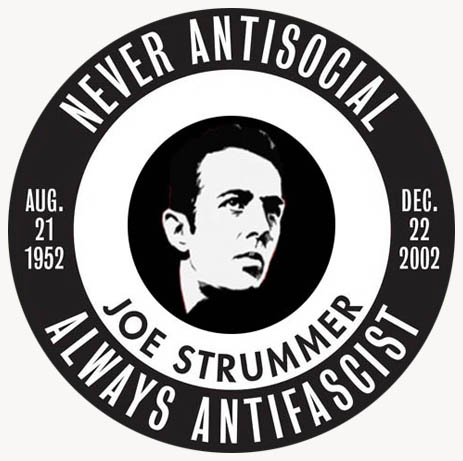
Because big banks can freeze all the funds they want, Strummer was right: “Without people you’re nothing.”
So the world is now conducting its first-ever plutocrat guerrilla war, turning off the Russian economy like a light switch. Risking retaliatory cyber strikes, the collapse of its own markets, and even a nuclear temper-tantrum, it has made a ground zero of the Russian Central Bank. As of this writing, even China has agreed to serve as mediator in talks between Russia and Ukraine, an important hub in their own Belt and Road Initiative.
Political tablecloths in nearly every nation are being ripped from under dinner plates. As Paul Massaro, Senior Policy Advisor at the US Helsinki Commission for Security and Cooperation (and human Russian corruption alarm) observed, “It’s a weird feeling to see almost every policy recommendation you’ve ever made implemented within the span of a week.”
This stopped being a David and Goliath tale as soon as it began, instead becoming Goliath versus all the Davids. It has galvanized the globe in a way even COVID couldn’t, for the time being even relegating our own neo-Nazis to their Florida sandbox to chant support for authoritarian dictators amongst themselves. We don’t even know yet how huge this is, but as with all lessons, “knowing” comes after feeling, and today we’re feelin’ it like I’m feelin’ the Ukrainian woman who posted instructions on how to pilot Russian armored vehicles captured (or towed away by farm tractors). If he hadn’t died in 2001, Joe Strummer would already be singing about her (and the discrimination reportedly on display at refugee checkpoints.)
In the early days of the Clash, the band metaphorically referred to London’s elevated highway, The Westway, as a means to reach out to the world. Ukraine is reaching out today, reminding us of how precious and worthy democracy is. Thankfully there are road signs to help America find the way she has lost.
And speaking of the United States, where is America in all of this? For the most part, right where the world needs her, in the passenger seat, using her mad coordination skills, kickin’ down big cash as well as “those Washington bullets,” and enjoying her favorite pastime, rooting for the underdog.
.
For your consideration…
1. Want to support the people in Ukraine? International Medical Corps is on the ground in Ukraine
2. Ukraine Humanitarian Fund
3. Winter on Fire: Ukraine’s Fight for Freedom
4. The Clash: Westway to the World


